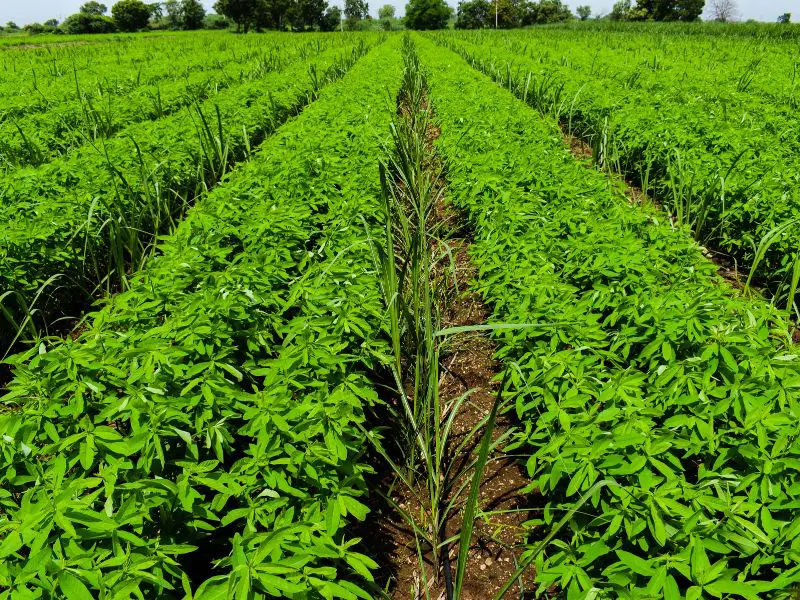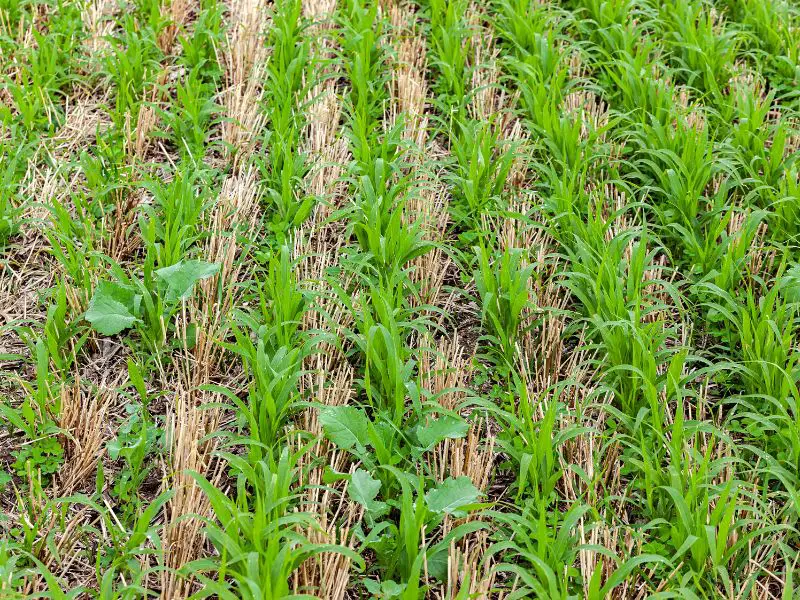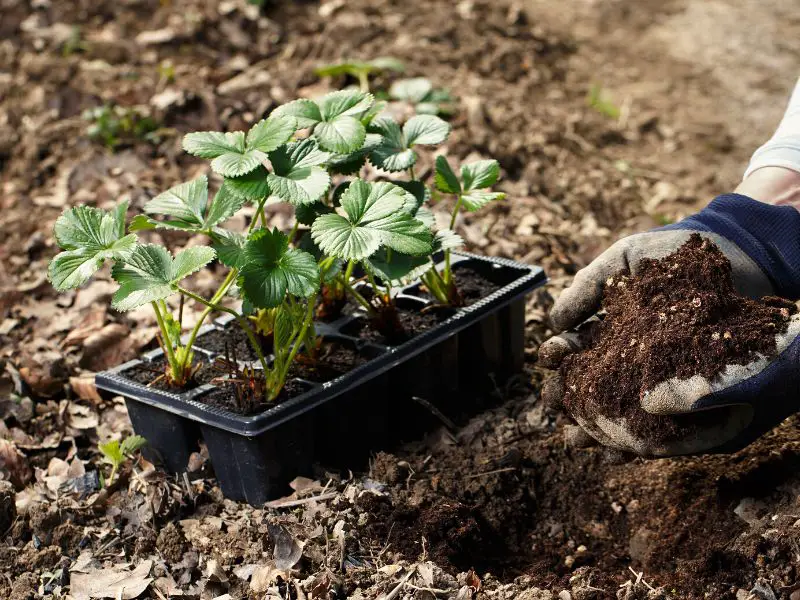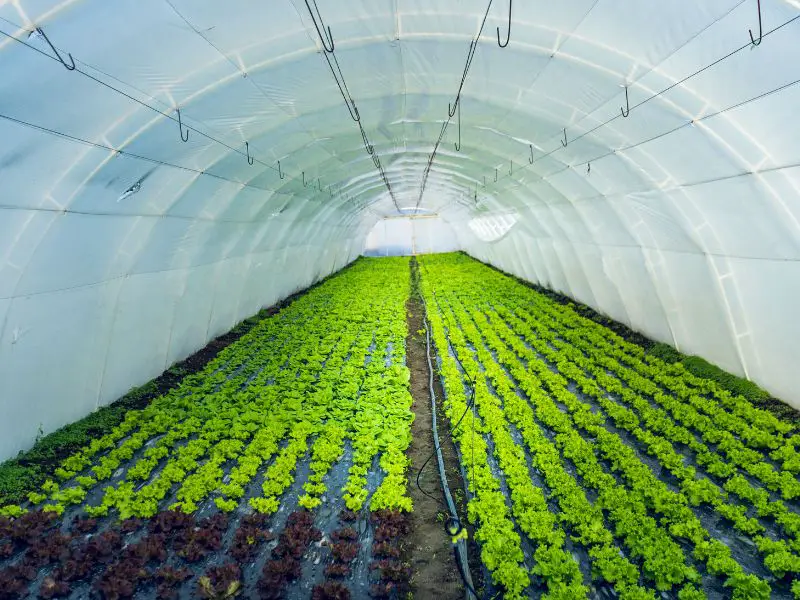“Sustainable farming” is a practice that began in the 1970s to prove that conventional agricultural practices are not sustainable anymore. Sustainable farming has traditionally been used to describe any type or form of farming method using fewer chemicals and other resources such as land than conventional methods.
In recent years, the term “sustainable” has gained popularity and is currently used to express various concepts. However, what exactly is sustainable agriculture? Sustainable agriculture produces plant and animal products, including food, using farming methods that safeguard the environment, public health, communities, and animal welfare.

Sustainable agriculture enables agricultural outputs in such a way that they can be continued for generations. Sustainable agriculture is about long-term viability and inherently supporting the planet rather than providing immediate yields.
Fundamentals of Sustainable Agriculture
There are several aspects to sustainability. For example, environmental sustainability entails proper stewardship of the natural systems and resources on which farmers rely. This includes the following:
- Maintaining healthy soil and avoiding erosion
- Managing water intelligently
- Efforts to reduce pollution in the air and water
- Restoration and enhancement of the natural ecology
- Community sustainability includes protecting the social and cultural environments, with an emphasis on equity and justice
- Social sustainability: involves fair treatment of workers, including compensation for their labor.
- Strengthening resistance to adverse climatic conditions
- Increasing biodiversity
An economically and socially sustainable agriculture system allows farms of all sizes to succeed and contribute to the local economy. Such a system would help the next generation of farmers treat its employees properly, promote racial fairness and justice, ensure everyone has access to nutritious food, and put individuals and communities ahead of corporate interests.
Sustainable Agriculture Practices
Decades of research and practice have shown the following agricultural techniques to be beneficial in ensuring sustainability, mainly when used in combination:
1. Crop Rotation
Crop rotation is one of the most useful sustainable agricultural practices. Its objective is to avoid the adverse effects of growing the same crops in the same soil year after year. It aids in pest control, as many bugs favor particular crops. If the pests have a constant food source, they can significantly expand their population.
Rotation disrupts pest reproduction cycles. During crop rotation, farmers can sow certain plants that replenish plant nutrients. These plants lead to reducing the use of chemical fertilizers.
2. Permaculture
Permaculture is a way to grow food that plans, designed, and smartly farmed to decrease waste and make production more efficient. Permaculture design techniques include:
- Growing grain without tilling the soil.
- Making herb and plant spirals.
- Hugelkultur garden beds.
- Keyhole and mandala gardens.
- Sheet mulching.
- Ensuring each plant has more than one use and constructing swales on contour to store water.

It emphasizes the use of perennial crops such as fruit trees, nut trees, and bushes to work in a planned system that imitates how plants in a natural ecosystem would function. This may be done by planting them in a way that allows them to grow with one another.
3. Cover Crops
Cover crops are planted to prevent soil erosion, maintain fertility, and increase organic matter in the soil.
Cover crops preserve and improve the quality of the soil by halting soil erosion, restocking depleted soil nutrients, and suppressing the growth of weeds, lowering the demand for fertilizers and pesticides.

4. Soil Enrichment
The goal of soil enrichment is to add organic matter to the soil and increase the amount of nitrogen and phosphorus available, which plants use for growth. This can be accomplished by growing cover crops, planting residue from previous crops, and composting manure.
Using a variety of plant residues also increases soil organic matter, which is beneficial for several reasons. It improves soil structure by providing pore space for air and water to move around. This enables better water retention and makes it more suitable for growing crops.

5. Natural Pest Predators
Rather than considering the farm as a factory, it is crucial to consider it an ecosystem so that you can effectively manage pests on the property. For instance, many birds and other animals serve as natural predators of agricultural pests.
Natural pest predators are beneficial insects that protect the farm from common pests. For example, ladybugs, lacewings, and certain insect predators eat aphids and save the farm from damage.
6. Polyculture Farming
It means growing over one kind of crop in the same area. These plants often work well together, and one plot can be used to make a broader range of products while using all of the available resources. High biodiversity makes the system more resistant to changes in the weather.

7. Agroforestry
Agroforestry is a way to put trees on farms and make them more productive permanently. This practice is especially beneficial in areas where there are scarce resources, as well as in areas where a lot of wood is needed. It has many benefits, the most important of which may be preventing erosion, water pollution, and soil loss.
In arid locations where the land is prone to desertification, one of the valuable tools for farmers is agroforestry, which has been increasingly popular in recent years. It combines agricultural and forestry activities by encouraging the development of trees and shrubs amid crops or grazing areas. This results in a more resilient, productive, and diversified land when the practice is carried out sustainably.
Trees here make a microclimate that keeps the temperature and humidity of the soil at a reasonable level and protects crops from wind or heavy rain. Trees also hold the soil together, stop nutrients from washing away, and improve the soil’s structure.

8. Adding Livestock and Crops
Many farmers use livestock and crops together to create a mutually beneficial system. This makes the crops more productive, improves the soil’s health and structure, and provides landowners with organic fertilizers.
Dung from the animals can fertilize the soil. Crop residue may be added to provide natural nutrients for livestock feed. Manure from livestock helps to reduce waste and therefore leads to reduced amounts of environmental pollution.
9. Incorporating Irrigation Techniques
Crop production relies heavily on irrigation, which requires a significant amount of water and energy. Sustainability seeks to meet plant demands while optimizing water and energy use. The sustainable use of water in agriculture is achieved by cultivating water-efficient plants and implementing smart irrigation methods. Particularly, drip vs. furrow (flood) irrigation needs 20-40 percent less water while yielding 20-50 percent more crops.

What Are the Advantages of Sustainable Agriculture?
Major economic advantages:
- Lower expenses and increased profit
- Increased productivity
- Increased sustainability (reduced land and water use)
- Improved food security and increased nutrition for people worldwide through a more affordable food supply
- Save energy and water
Major social advantages:
- Economic equality
- More employment opportunities for the working class in the world
- Long-lasting benefits for every person in the society
- Sustainable community development
- Supporting agricultural infrastructures of developing countries
- Encouraging sustainable agriculture and land management practices
- Enhancing sustainable agricultural technologies through research and innovation
How sustainable agriculture benefits the environment:
- Decreased levels of pollution and greenhouse emissions
- Better soil health with the addition of crop residue, animal dung, and natural fertilizers
- Increased yield from water conservation practices (drip vs. furrow) and the use of localized irrigation systems
- Less dependence on fossil fuel-based agriculture (cropland is used more efficiently).
- Improved water quality with better water management practices and less run-off onto adjacent lands
- Increased crop yields with a better understanding of root depth and potential productivity
- A reduction in the need for pesticides and herbicides, as pests are controlled using natural parasites, disease prevention, and plant breeding
- Reduced use of fertilizers, as crops, are fertilized by organic fertilizers instead of synthetic ones.
Final Thoughts
In conclusion, sustainable agriculture is an innovative approach to food production that encompasses three primary objectives:
- Providing sufficient food, fiber, and energy
- Improving human welfare and living conditions
- Protecting the environment and biodiversity.
Sustainable agriculture has many advantages, and this approach can be used in any type of agriculture. We can see how much it contributes to the world’s prosperity, such as food security, human welfare, and environmental protection. Sustainable agriculture is a concept that deserves more attention from all of us.
Related: Permaculture, Veganism, Guide to Designing a Permaculture Garden


2 thoughts on “9 Practices You Need to Know About Sustainable Agriculture”